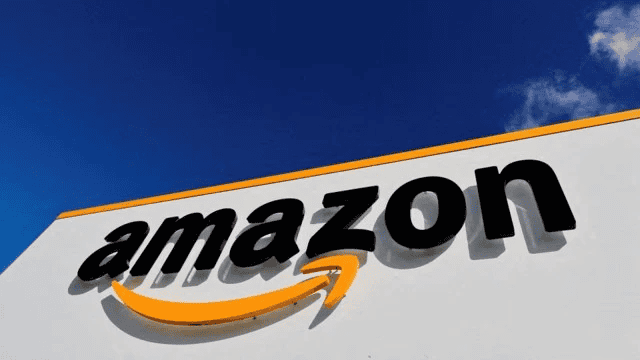Amazon has introduced Vulcan, a new robot designed for difficult tasks in its warehouses. Vulcan handles hard-to-reach items, improving worker safety. This innovation reflects Amazon’s push to blend robotics and artificial intelligence (AI). The company aims to boost efficiency and create new roles for employees in robotics maintenance.
Vulcan Robot Enhances Warehouse Safety and Efficiency
Vulcan assists with physically demanding tasks, such as retrieving items from high and low shelves. This reduces repetitive strain risks for warehouse workers. Amazon’s CEO Andy Jassy emphasized Vulcan’s role in improving safety.
He also mentioned skill development opportunities in robotic maintenance for employees.
The robot works alongside humans by handling challenging items, while workers manage others that require human dexterity. Amazon says robots now help fulfill 75% of customer orders. This automation has led to hundreds of new job types at Amazon, including floor monitors and maintenance engineers.
Significance of Amazon’s Robotics Strategy
The introduction of Vulcan marks a transformation in Amazon’s use of AI and automation. The company stresses that robots are designed to complement—not replace—human employees.
This stance aligns with a study by MIT, which found 60% of workers expect AI to improve productivity and safety. Amazon has invested over $1.2 billion since 2020 to train employees for technical roles, focusing on robotics and engineering skills.
Amazon’s automation efforts reflect a broader industry trend toward AI integration in labor-intensive jobs. Despite automation concerns, Amazon highlights new job creation related to robotics oversight and maintenance. However, not all displaced roles convert directly to new technical positions.
How Amazon Developed Vulcan and Expanded Robotics
Amazon started adopting robots over a decade ago. It now operates more than 750,000 mobile robots in fulfillment centers, up from 520,000 in 2022. These robots perform tasks such as heavy lifting and package sorting, powered by advanced AI technology.
The company supports workers by offering retraining programs to transition staff into technical roles, like robotic floor monitors. This approach aims to balance operational efficiency with workforce development.
Amazon’s CEO stated on X (formerly Twitter) that Vulcan’s work helps keep employees safer. It also opens pathways for workers to develop new robotics skills.
- Vulcan reduces ergonomic challenges for warehouse staff.
- Robots contribute to 75% of customer order fulfillment.
- Hundreds of new job categories emerged from automation.
- Employee training programs focus on robotics maintenance.
- Robotics fleet expanded to 750,000 mobile robots.
Amazon’s automation strategy demonstrates a human-centered integration of AI in logistics. It highlights technological progress while supporting worker retraining to address changes in the labor landscape.
This balanced approach counters views that machines will replace all human jobs. Instead, it illustrates a future where AI and humans collaborate within complex warehouse environments. The World Economic Forum predicts job displacement and creation trends that reflect this shift.
Amazon’s experience offers an example of how AI-powered automation could evolve alongside workforce development in high-demand industries.

Leave a Reply